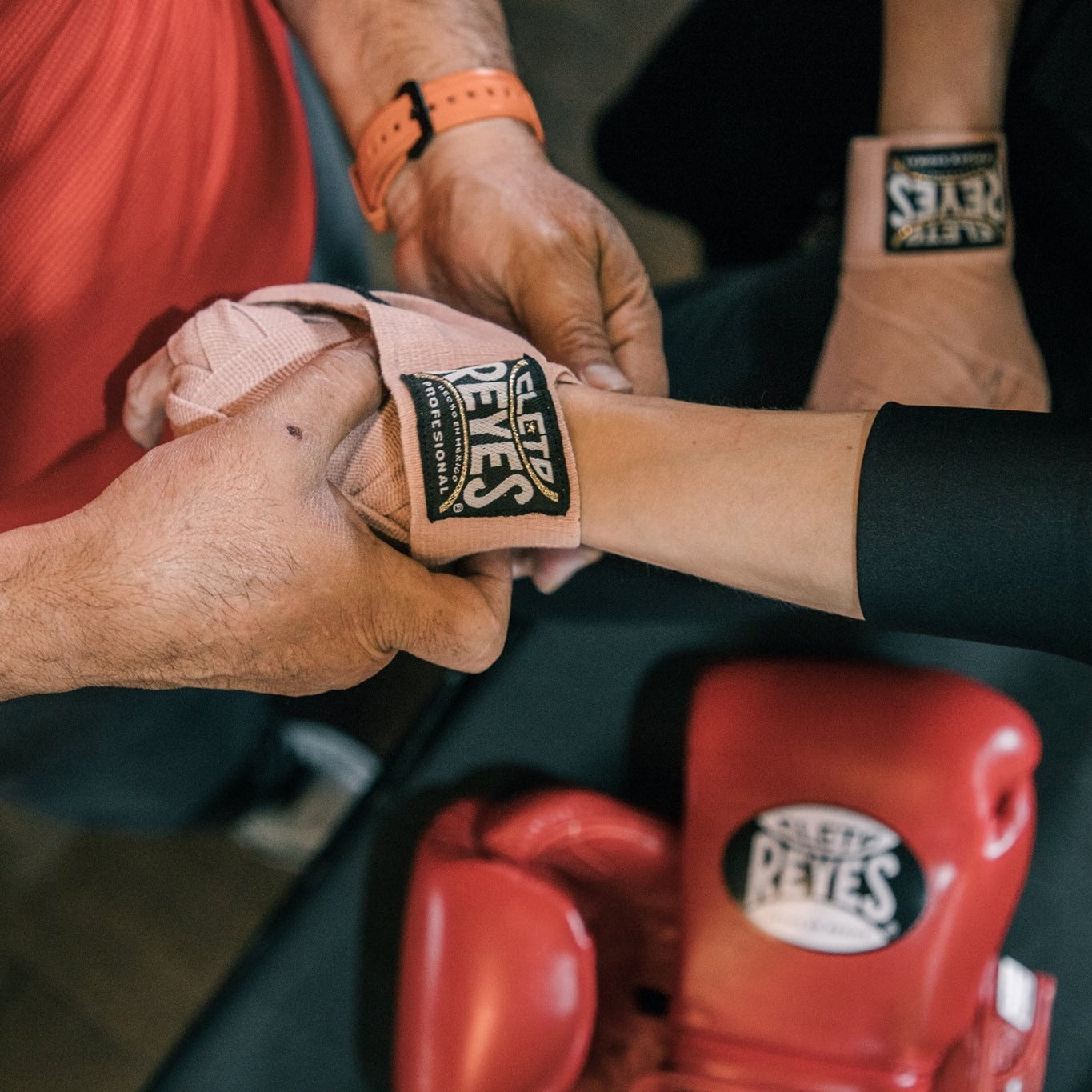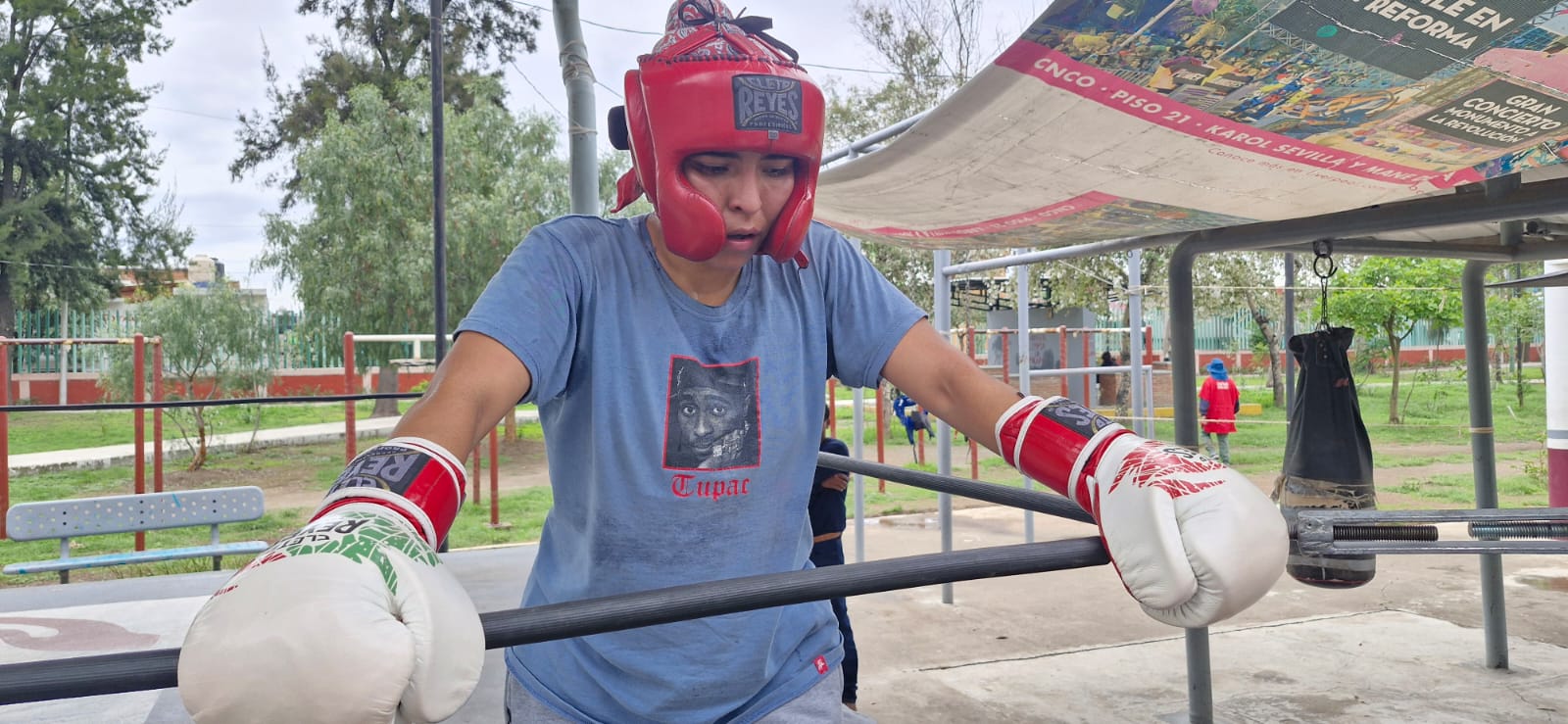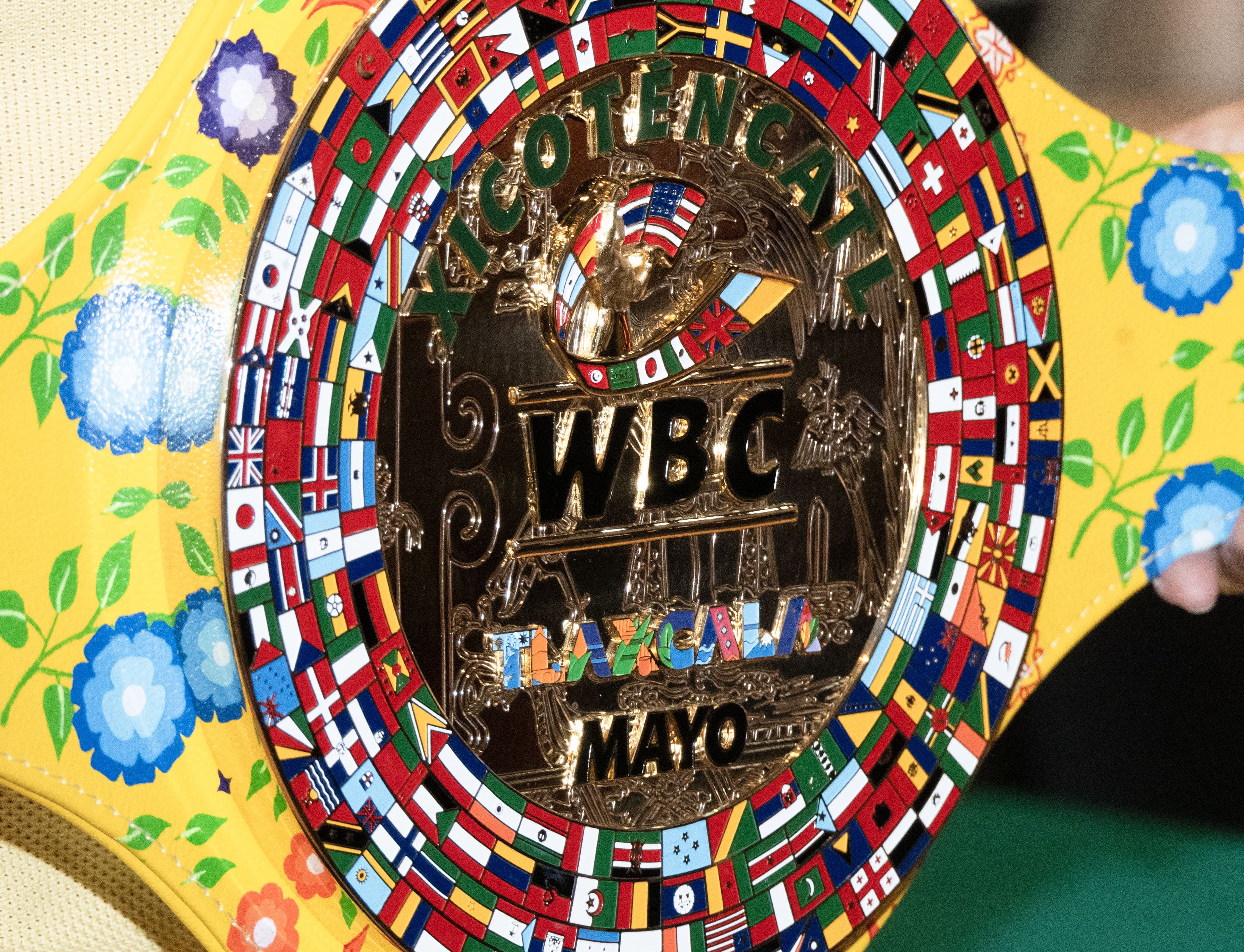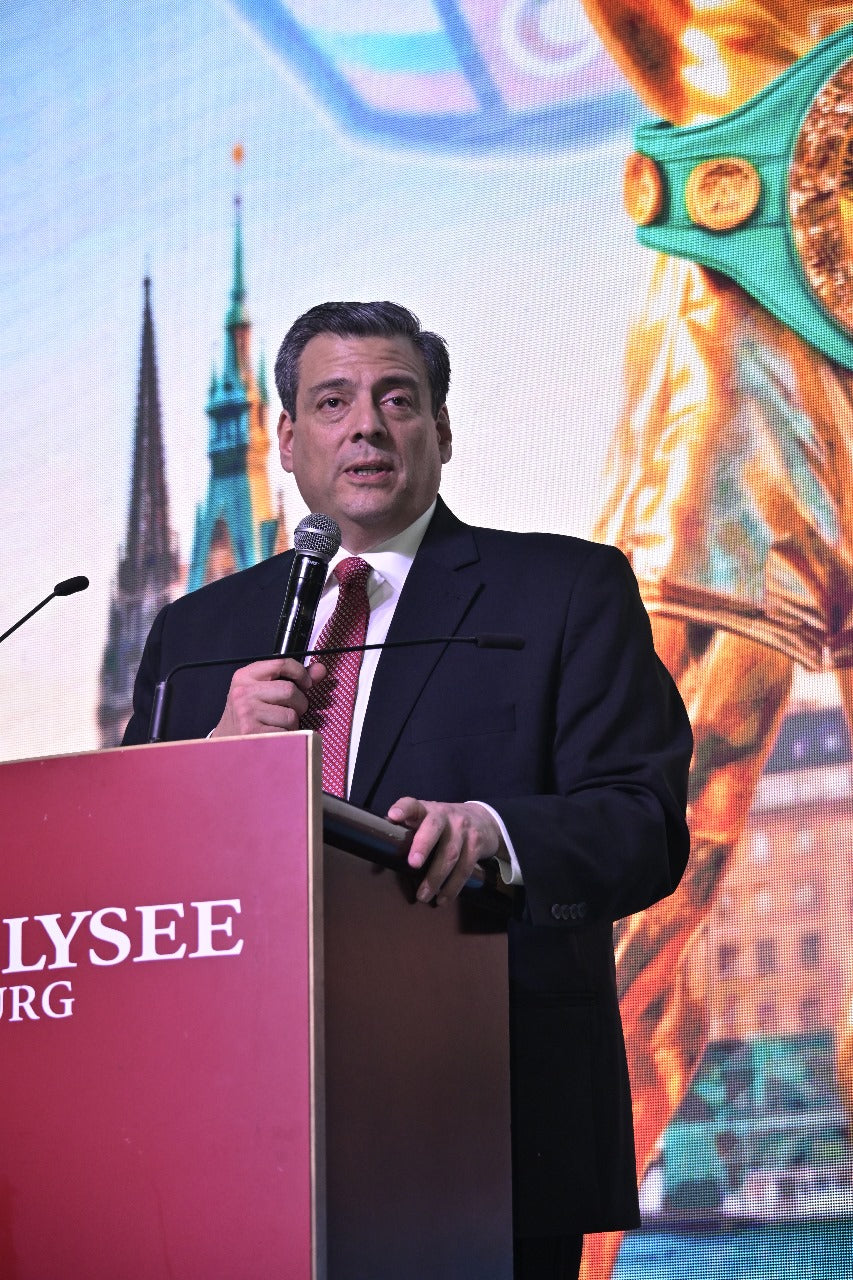Sometimes when it is stated that boxing is part of social reintegration, it is thought that it is an empty phrase, which is said just to say it, but the story of Bernard Hopkins has a lot of weight and should serve as inspiration.

By Rodolfo Rosales S.
Sometimes when it is stated that boxing is part of social reintegration, it is thought that it is an empty phrase, which is said just to say it, but the story of Bernard Hopkins has a lot of weight and should serve as inspiration.
“The Executor, as he was nicknamed in his heyday as a fighter, lived through hell and now enjoys glory..
Bernard Humphrey Hopkins Jr., who was born on January 15, 1965, in Philadelphia, Pennsylvania, had a difficult childhood.
At barely 13 years old, he had already been involved in gang disputes and that brought him the consequences that at such a young age he already had three stab wounds on his body, in different attacks.
At that age he was committing petty theft, but at the age of 17, the event that changed his life occurred.
Hopkins was arrested and sentenced to 18 years in prison for various crimes, including attempted murder.
It was in prison where he met the sport that would change his life: Boxing. There, in Graterford prison, he experienced horrible things, but the practice of boxing made his stay in that place more bearable and even his behavior improved.
Thus, five years later he was released and decided to become a professional fighter.
And that decision was the one that changed his life and made him an example to follow, to know that in the toughest adversities you will find the best opportunities.
Forged in the crucible of the prison, the character that led him to three things. The first to leave that messy life to avoid going back to prison, she changed her religion to Islam and became one of the best fighters in history.
Of course, it was not easy. In his debut as a professional fighter, which occurred on October 11, 1988, in New Jersey, he fell on points against Clinton Mitchell.
After a break of more than a year in his career, he came back strong and defeated Greg Paige on points on February 22, 1990 and from there he took off where he string 20 consecutive wins, until losing to Roy Jones.
But he did not stay put and after four consecutive victories and a draw, he defeated Segundo Mercado by technical knockout and kept the vacant International Boxing Federation middleweight title on April 29, 1995, just at the age of 30. old.
In this way, the story of one of the greatest of all time was born, because he lasted ten years as IBF champion and made 20 successful defenses.
In his 13th defense, on April 14, 2001, he unified the title with Keith Holmes, champion of the World Boxing Council and defeated him by unanimous decision, to keep his title.
That same year, but on September 29, he unified with Félix Tito Trinidad, WBA middleweight champion, and defeated him by technical knockout and became recognized champion by the IBF, the WBC and the WBA.A.

By September 18, 2004, in Las Vegas, he had another unification bout with Óscar De La Hoya, the World Boxing Organization middleweight champion and went unknocked to become the first unified world middleweight champion. Titles he lost in his 21st IBF defense with Jermain Taylor, on July 16, 2005 in Las Vegas, falling by majority decision.

He later became WBC, IBF and WBA light heavyweight champion, defeating Jean Pascal by unanimous decision on May 21, 2021, belts he lost in his first defense.
Three years later, at the age of 49, he regained the WBA and IBF titles and added that of the International Boxing Association (IBA), beating Beibut Shumenov, to become the oldest world champion in the boxing history.
This is how boxing fulfills a function of social reintegration, when you have determination and character.









